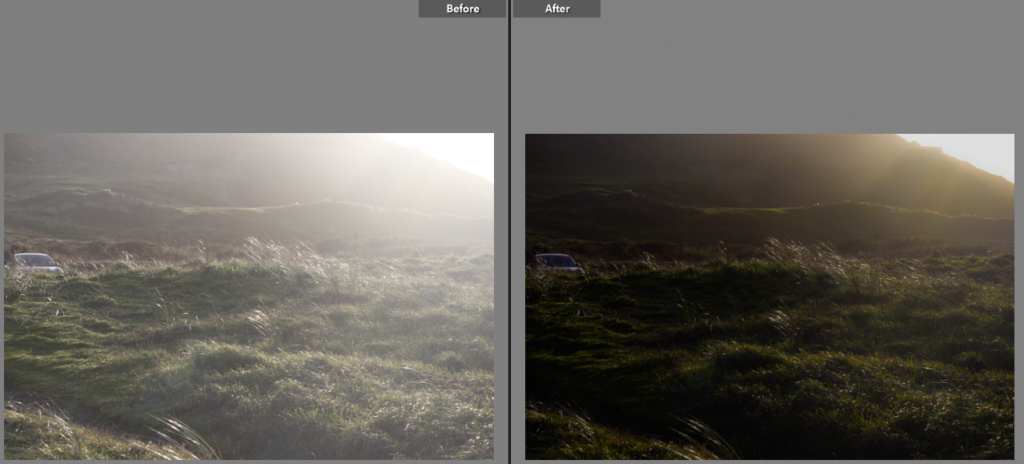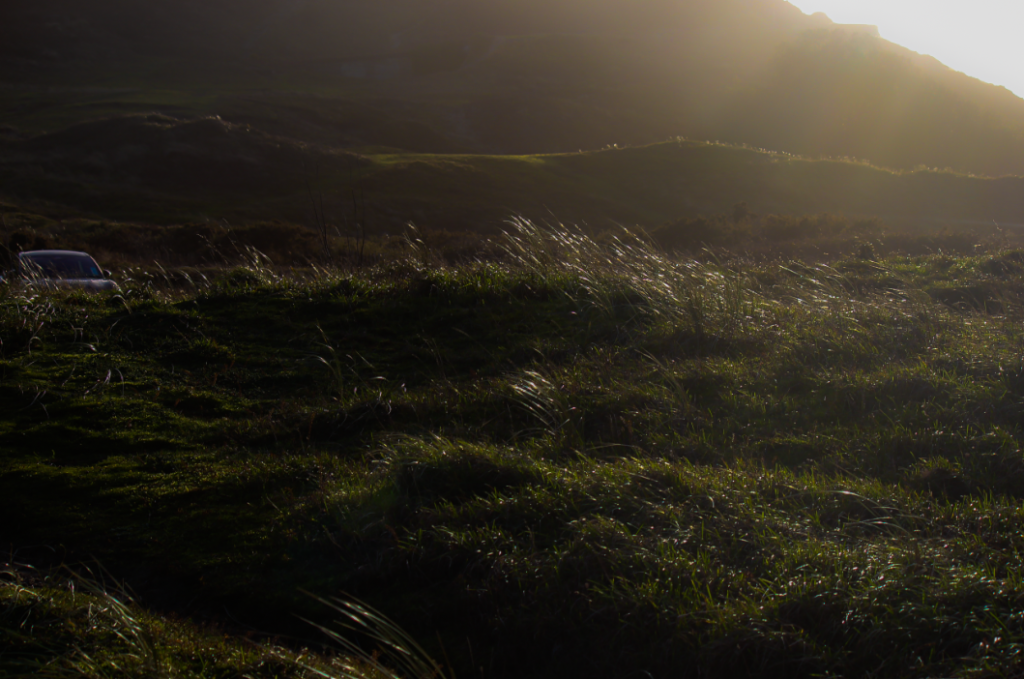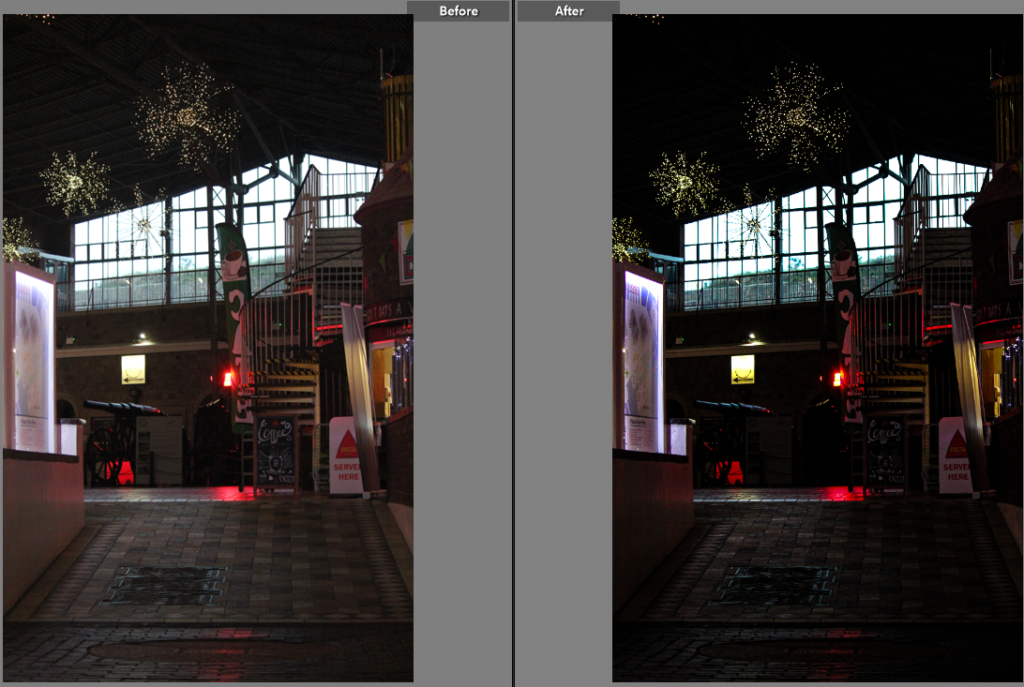Moodboard

Mind map

Moodboard

Mind map

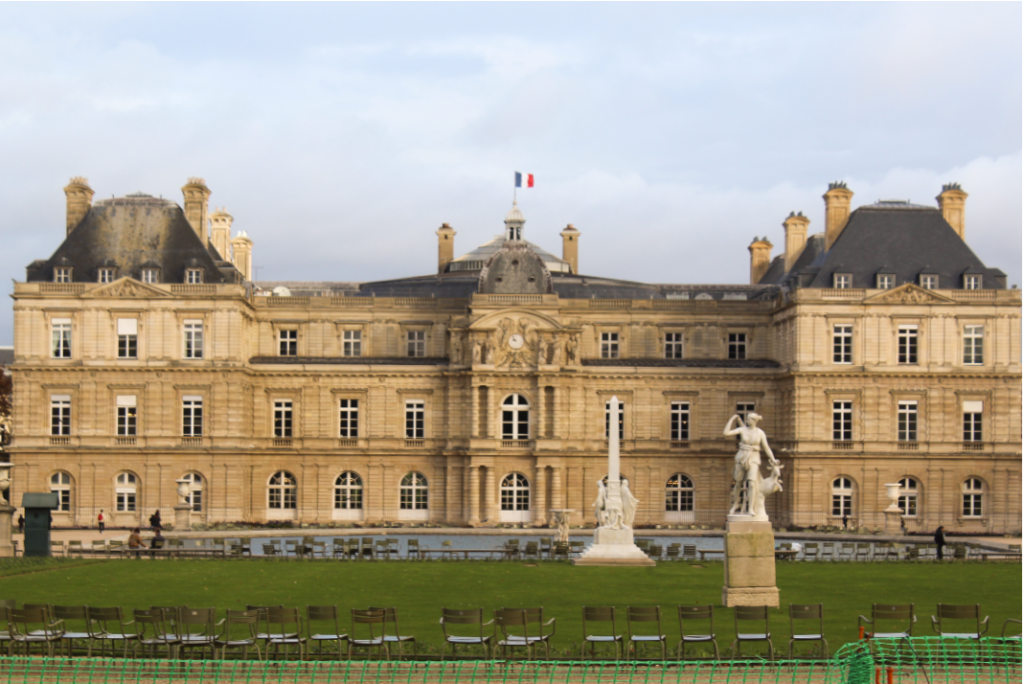





























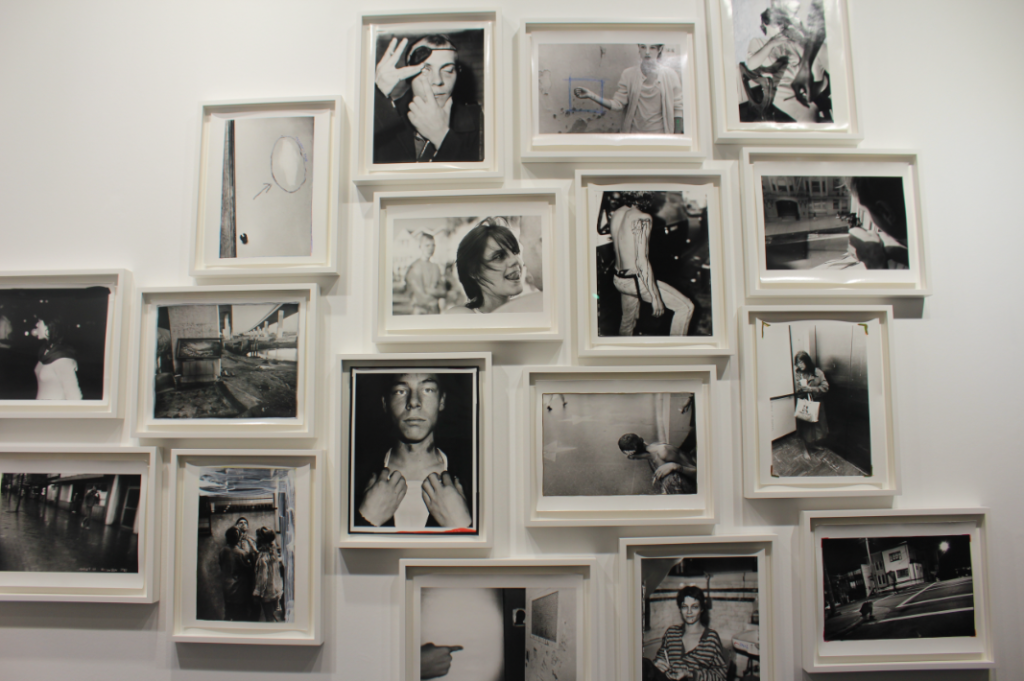









For my first artist reference I am going to look at the work from Vibeke Tandberg. I feel that her work is really prominent in her collection “living together” as she takes two images of herself and depicts what it would look like living with a twin sibling. I feel like her work can relate strongly to the work I am trying to produce as I am trying to capture what its like living with a twin sister and how it drastically alters a persons way of living.
This image of her work in the collection “Living together” Really stood out to me. I feel that this image showcases a captivating scene of personal engagement. The compesition skillfully captures the subjects seated at the table, drawing attention to their expressions, body language, and the overall atmosphere. The use of lighting and shadows adds depth and dimension to the image, enhancing the mood and creating a sense of intimacy. Tandberg’s work often explores the complexities of human relationships and shared spaces, and this image seems to reflect that theme.


Tandberg is a Norwegian artist known for her thought-provoking work and conceptually rich work. Her work often explores themes of identity, perception and the relationship between the viewer and the artwork. Tandberg’s use of various mediums, including photography, video and installation adds depth and complexity to her artistic practise. Her work challenges traditional notions of art and pushes boundaries, inviting viewers to question their own understanding and interpretation. Tandberg’s contributions to the art world have been recognised internationally, making her a significant figure in contemporary art. Her work “living together” is significant because it delves into the complexities of human relationships and the dynamics of coexistence. She prompts her viewers to reflect on the challengers and joys of living together whether its through family, community or just as a society as a whole. Tandberg’s work encourages us to examine our own roles and responsibilities in fostering harmonious relationships and creating inclusive environments. By addressing these universal topics, “living together” resonates with a wide audience and sparks meaningful conversations about our shared human experiences.
For my second artist I am going to look at the work by Irina werning. She specialises in taking two separate images and combining them into one, she mainly uses old images from her childhood as her younger self and then crops in an image of what she looks like today to create the illusion that they are interacting with each other and in the same time zone. I would like to take inspiration from her from my upcoming project as I could take old images with me and my sister together when we where children and then crop new images of us when we are older to create the illusion that there are four individuals in the image instead of two. I feel that her work can also link to Vibeke Tandbergs work as she also edited two images of herself to create the illusion that they are interacting together.

In this captivating image by Irina Werning, we see a person elegantly dressed in formal attire, sporting a suit and tie. The subject’s expression exudes confidence and approachability, creating a sense of professionalism. Werning’s careful attention to detail is evident in the composition and lighting of the photograph. The choice of formal attire signifies sophistication and societal expectations of professionalism. It prompts us to consider the significance of appearances and the role they play in our lives, even as a child or a grown adult. The subject’s pleasant expression adds warmth and invites viewers to connect on a personal level. It conveys a sense of confidence and readiness to take on challenges. Werning skillfully captures the essence of the moment, evoking emotions and prompting reflection. This image by Irina Werning showcases her talent in capturing the nuances of human expression and the visual storytelling that lies within. It serves as a reminder of the power of photography to convey messages and evoke emotions.


Irina Werning is an exceptionally talented and renowned photographer who gained widespread acclaim for her captivating project called “Back to the Future.” In this series, Werning goes beyond mere photography and delves into the realm of art and storytelling. She meticulously recreates old photographs by meticulously matching the subjects, locations, clothing, and even the tiniest details to capture the essence of the past. What makes Werning’s work truly exceptional is her ability to not only recreate the physical aspects of the original photographs but also to capture the emotions and stories behind them. Her photographs are windows into the lives and experiences of the people she portrays, allowing us to witness the passage of time and the changes that occur in our lives. Werning’s attention to detail is unparalleled. She meticulously researches and recreates every aspect of the original photographs, from the props to the lighting, ensuring that every element is just right. This dedication to authenticity and accuracy is what makes her work so captivating and resonant. Through her photographs, Werning explores the complex relationship between memory, identity, and time. By juxtaposing the past and the present, she invites us to reflect on our own lives and the ways in which we change and evolve over time. It’s a powerful and thought-provoking exploration of the human experience. Werning’s work has received international recognition and has been exhibited in prestigious galleries and museums around the world. Her photographs have a timeless quality that transcends cultural and generational boundaries, resonating with viewers from all walks of life.
For my last artist I have decided to look at the work by Gabriele Galimberti. this project of his is called “Toy stories where he took images of children and their toys from all around the world. I find his work in this project really interesting to see the contrast in children and their toys from all around the world. I am going to take inspiration from him in my upcoming project where I am going to explore the contrast between mine and my sisters childhood toys growing up, Even though our approaches are not going to be exactly the same, I would like to take some of his ideas behind the project its self.

In this particular photograph, we see a young person standing in a room filled with an incredible variety of toys. The toys are spread out all around, creating a colorful and playful environment. As we take a closer look, we can see that each toy tells a unique story. There are action figures, dolls, stuffed animals, building blocks, and much more. These toys reflect the child’s interests, preferences, and personality. They are a reflection of their individuality and the things that bring them joy. The image captures a moment frozen in time, allowing us to appreciate the child’s sense of wonder and excitement. It reminds us of the boundless imagination and creativity that children possess. It also highlights the importance of play in a child’s development, as they learn, explore, and make sense of the world through their toys. Galimberti’s “Toy Stories” project aims to explore the cultural and social significance of toys in different parts of the world. By photographing children with their toys, he captures a glimpse into their lives and the stories they create.
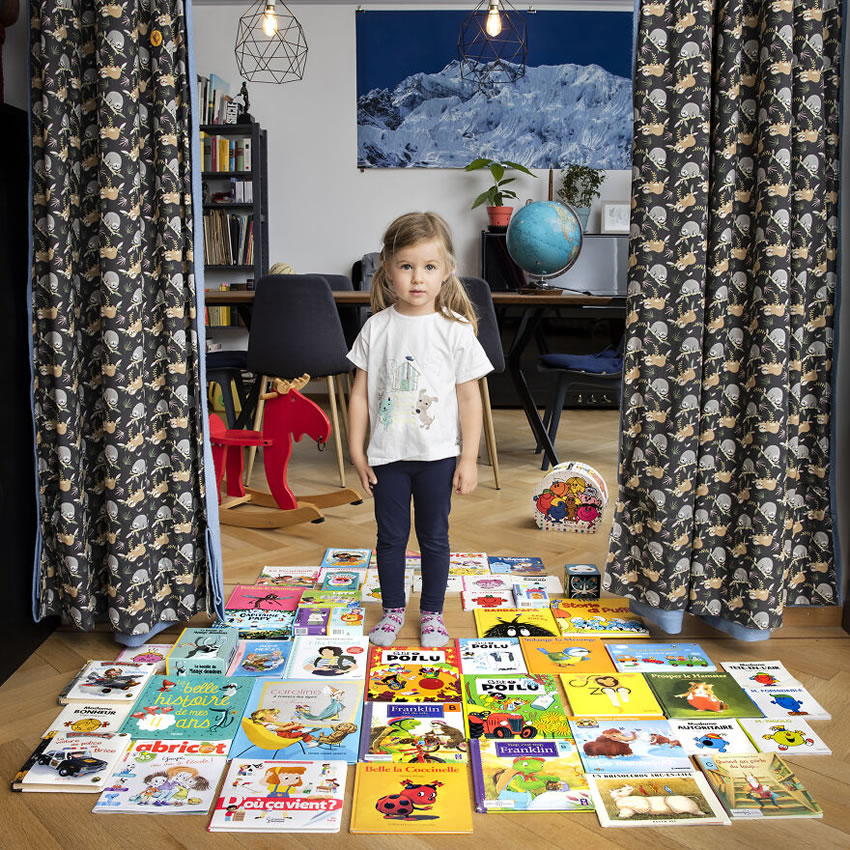
Gabriele Galimberti is an esteemed Italian photographer celebrated for his remarkable project called “Toy Stories.” This project took Galimberti on a journey around the world, where he had the opportunity to meet children from various countries and document their cherished toys. “Toy Stories” stands out due to Galimberti’s meticulous approach and attention to detail. Through his lens, he not only captures the toys themselves but also delves into the personal stories and cultural contexts that surround them. The photographs offer a glimpse into the lives of these children, reflecting their unique personalities, interests, and the values instilled in them by their respective communities. Galimberti’s portrayal of the relationship between the children and their toys is both captivating and thought-provoking. Each photograph tells a compelling story, shedding light on the diverse experiences of childhood across different cultures. From simple, handmade toys in rural areas to technologically advanced gadgets in urban environments, “Toy Stories” showcases the rich tapestry of childhood around the globe. The photographs in this project not only serve as visual masterpieces but also prompt viewers to contemplate the universal aspects of childhood and the significance of play in shaping our identities. Galimberti’s work is a testament to the power of photography in capturing the essence of human experiences and fostering cross-cultural understanding.
Photoshoot one
Photoshoot two
This is a mood board compiled of Alessandra Sanguinetti’s works.

Alessandra Sanguinetti is an American photographer born in New York City in 1968. Moving to Argentina at two years old. This connects to her main work ‘The Adventures of Guille and Belinda and the Enigmatic Meaning of their dreams’ where she documented two cousins Guillermina and Belinda across five years in Buenos Aires. Across the span of these five years, Sanguinetti documents these cousins throughout their childhood.

Her project ‘The Adventures of Guille and Belinda and the Enigmatic Meaning of their dreams’ was created through an organic process, meeting Guillermina and Belinda’s grandmother through her family’s farm and in their surrounding area. Sanguinetti knew the pair of cousins since they were around 4 years old. Her initial intention was to focus the subject matter upon animals on the farm, however this shifted in 1988 when she decided to include the girls in her image making upon discovery of a story within them. Though they are not family, this relationship of knowing someone for many years creates a sense of comfort. This allows Sanguinetti to capture these portraits naturally among the farm, which is their natural born home. She did not predict the nature of the project, not expecting it to develop into a series through time, emphasising the natural and organic nature of her work. Through reflection of her project, Sanguinetti realised the importance of having a larger perspective and being able to view the whole story.

About
These images are of sentimental objects from around my house that hold significant importance to me. I will edit them by removing the background in photoshop in order to make them stand out against the background.
Images

Edits


















Photoshoot 1/2:
I will do my first photoshoots at St Ouen’s beach as this is very near to my house and I cannot begin to take portraits just yet because my dad is currently away. I will try to capture the details, especially those seen by a surfer, as well as a wider view of the bay. I think that this will be important in order for me to set the scene for other images. I will do this in two (+) shoots to allow me to capture the effects of different weathers on the beach and the sea. These images will be most similar to Michael Marten‘s work, which will allow for a documentary style photographing of the subject.
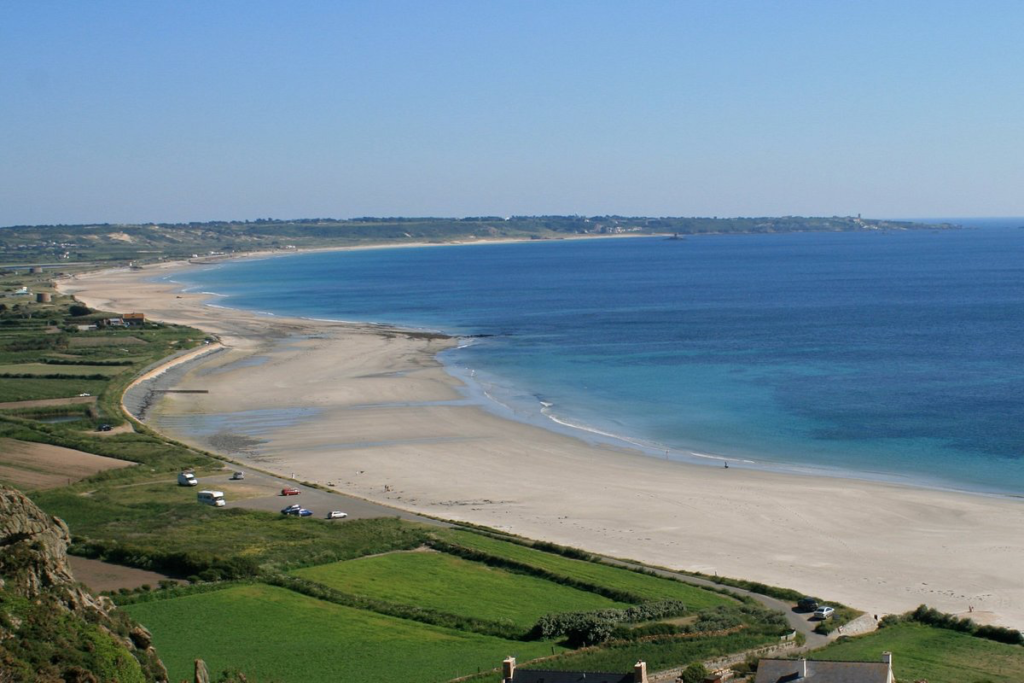

Photoshoot 3/4:
Later, I will follow my dad on a few trips to the sea and photograph his movements on the way. I will also capture aspects such as water texture here and go for a documentary style series of portraits. This may be at St Ouen’s, but may also be in other places where my dad surfs, such as St Brelade, Greve de Lecq, and Plemont bay. Perhaps if my dad surfs/swims on Christmas Day this would be a good shoot as well. These will be more similar to the work of artists such as Thomas Lodin and also W. Eugene Smith.






Photoshoot 5:
I will photograph my dad in the house in a more environmental style, either in the garage alongside all the surfboards and wetsuits or in the main house, perhaps looking out of the windows at the surf in the distance as he often does. This will be an important part of the study because it will show how he lives his life at home. These images will be linked to the work of environmental portrait artist Arnold Newman.

BEFORE AND AFTER:




In these images I decided to change them into black and white. This is so they could have more of an older aesthetic of documentary photography. Black and white images are usually associated with older generations which further reinforces my nostalgic part of my project. Furthermore by the use of black and white images further fits with my images as most of the photographs I’ve taking is my family from the older generation. During the editing process I decided to keep all the editing settings the same, in order to keep my photobook clean and have a structured look. As well as keeping the editing settings the same, I decided to add a slight black vignette to create this ‘older’ look in my images.
EDITING SETTINGS:
EXPOSURE: -0.40
CONTRAST: -35
HIGHLIGHTS: +35
SHADOWS: -30
WHITES: -10
BLACKS: -15
VIGNETTE: -30

Photoshoot 1:
To start off my project, I would like to take images of the main bakehouse during non-working and working hours, showing the contrast between these two times of the day.
When? Non-working hours at the bakery are limited but between 1pm and 7pm there is usually nobody in the bakery, so in between these times will be best. As for working hours, I’m hoping to get a mixture of busy times and quiet times so I will need a chance to go in early in the morning (5-7 am) and later on in the morning (10 am-12 pm). I’m hoping to be able to show how the bakery works all through the day.
What? The main Vienna Bakery bakehouse, this is an area I have easy access to so this will be the first place I photograph.
Who? As much as possible, I will be aiming to take landscape-style images without anybody in the images, the main focus will be the building and the objects, not the people, within the building, however if some of the images have the workers in them, it won’t bother me.
Photoshoot 2:
As, this weekend, I will be working both days, I will take the chance to do a photoshoot of the staff in the shop, popular products in the shop and the shop.
When? Over a weekend. On Saturday, it’s a busier day so I won’t get much time to do a photoshoot but I will take the opportunity after 7:30 once the shop is set up to take images of different products coming into the shop at different times. On Sunday, not a lot of people will be expecting us to be open so it shouldn’t be too busy so this will be more of an opportunity to do a photoshoot of anything I don’t manage to capture on Saturday.
What? Objects-wise, I will be photographing different popular products that are made mainly in the shop but my main aim is to photograph products that people would recognise as Vienna Bakery products. I will also be photographing the actual bakery shop, whether that’s inside the shop or just the façade.
Who? Different staff members of the shop, I am hoping to photograph all the staff members in the shop, especially the more long-term and key workers i.e the bakers, the manager and staff members who may have been there for longer periods of time.
Photoshoot 3:
Even though it may not be an actual photoshoot, I am hoping to interview the director and maybe even the owner of the company, documenting the interview in a similar manner to Mitch Epstein in his book Family Business, picking stills from parts of the interview where we discuss specific topics about the business like why the creators chose the name or what makes the bakery different to others.
Interview questions:
What is the history of Vienna Bakery?
What made Bob Dodge decide to found Vienna?
How has the company kept going over all these years?
Are all the same traditional techniques used within the process of making products?
How did Covid-19 affect the company?
What is the difference, in your opinion, between Vienna and other bakeries in the island?
About
These are photographs of different locations that I have key memories of from my childhood. I plan to make these images edited to the emotion I feel towards the location, for example making some in black and white while others in colour.
Images
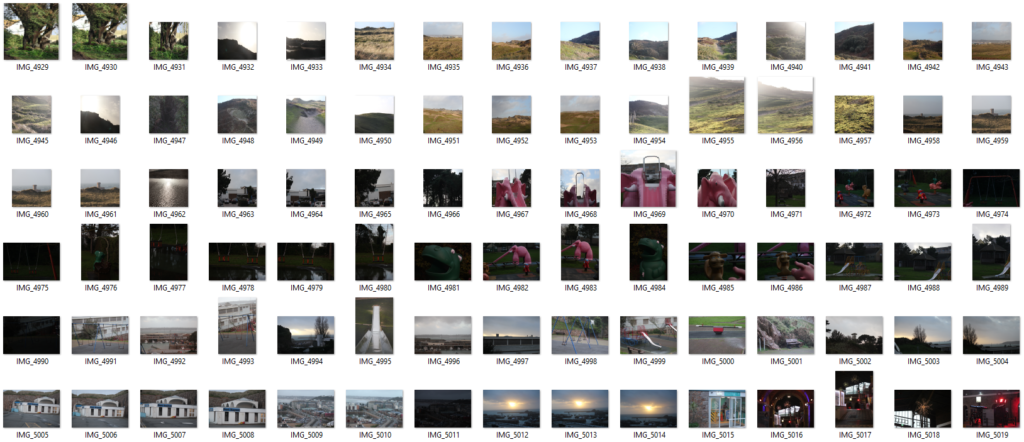

Edits




